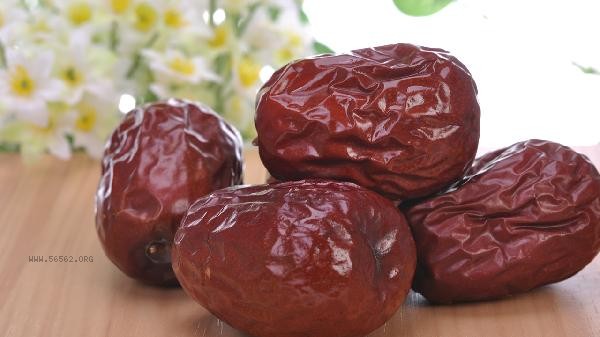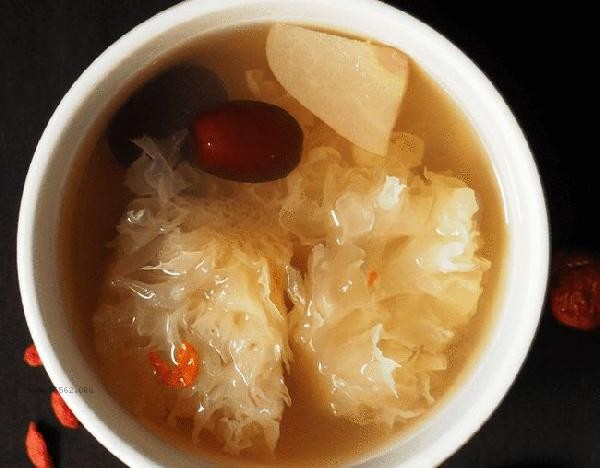Red dates are dried fruits made by harvesting ripe fresh dates and processing them through processes such as drying and air drying. The main production process includes fresh jujube harvesting, cleaning and screening, withering treatment, natural air drying or manual drying, grading and packaging, and other steps.

1. Fresh Jujube Harvesting
Red dates should be harvested when the fruit is fully ripe, usually choosing fresh dates with deep red skin and full flesh. Fresh jujubes harvested should retain their fruit stems to avoid damage to the skin that could affect their quality. The harvesting period of different varieties of jujube trees varies, mostly in September and October of autumn. After harvesting, it is necessary to enter the processing program within 24 hours to prevent fresh jujube from spoiling.
2. Cleaning and screening
Fresh jujubes need to be rinsed with flowing water to remove surface dust and impurities, and to remove inferior fruits with insect eyes, mold spots, or mechanical damage. After cleaning, classify the fruits according to their size to ensure uniformity in subsequent processing. Some production areas will use bubble cleaning machines for mechanized processing to improve efficiency while reducing secondary damage to fruits caused by manual labor.
3. Pruning treatment
Boil fresh jujubes in boiling water for 1-2 minutes or steam them to destroy the oxidase activity of the fruit and prevent browning. Qingqing can maintain the bright red color of jujube fruit, while making the skin slightly cracked for water evaporation. In traditional craftsmanship, a small amount of salt or edible alkali is added, while modern processing often uses standardized temperature control equipment for precise operation.

4. Drying and Dehydration
Natural drying requires laying jujube fruits in a well ventilated and transparent drying area, flipping them 3-4 times a day for 7-10 days on sunny days. Artificial drying uses hot air circulation equipment to gradually adjust the temperature from 60 ℃ to 45 ℃ in stages, taking about 24-36 hours. When dried to a moisture content below 25%, it is complete. High quality red dates should present a uniform wrinkled state.
5. Graded packaging
Dry jujubes are classified into special grade, first grade, and second grade according to national standards based on size, color, and integrity, and residual fruit stems and impurities are removed. Vacuum packaging can extend the shelf life to 12 months, while traditional burlap packaging requires storage in a cool and dry place. Some precision processed products will undergo deep processing such as removing nuclei and slicing to make ready to eat jujube products.

During the production process of red dates, attention should be paid to controlling environmental hygiene and avoiding mold and pollution. The traditional drying method is limited by weather conditions, while modern drying technology can better ensure stable quality. High quality red dates should have natural sweetness, flexible flesh, and no impurities or odors. For daily consumption, it is recommended to choose natural red dates without additives. The daily intake should be 5-10. It can be cooked with coarse cereals or eaten directly, but diabetes patients need to control the intake. Pay attention to moisture and insect prevention during storage, and it is recommended to refrigerate after opening.








Comments (0)
Leave a Comment
No comments yet
Be the first to share your thoughts!